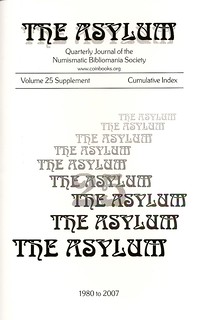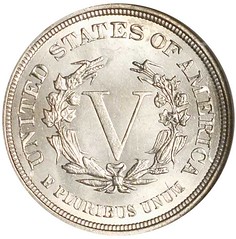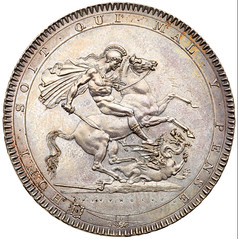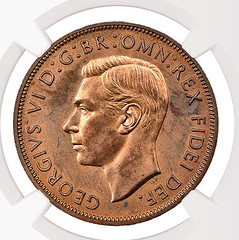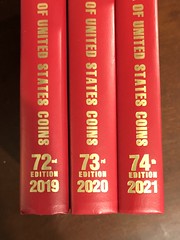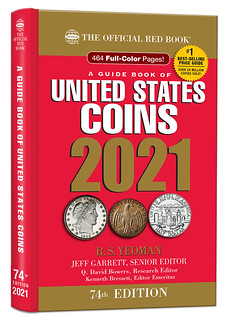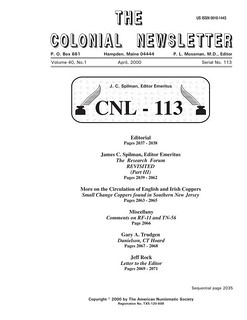
PREV ARTICLE
NEXT ARTICLE
FULL ISSUE
PREV FULL ISSUE
NOTES FROM E-SYLUM READERS: MAY 3, 2020Naming The Asylum (and The E-Sylum)
"Would you mind explaining the origin of using the name Asylum (and E-Sylum)?"
There was some debate over what to call the group's journal. One side leaned toward something formal and scholarly; another side argued in favor of something simple and fun. The fun side won out. While it may not be fully politically correct today, "The Asylum" became the name of the journal because, well, insane people ("maniacs") were sent to live in the Insane Asylum. Fast forward to the 1990s. The Internet came along and I started an email newsletter for NBS members. In the spirit of the early 'net, it was free and open to all as a way to promote the society, engage members, and recruit newcomers. There was another discussion of what to call it. I thought of "The Babbler", in keeping with the insanity theme. But the overwhelming consensus choice was The E-Sylum as the clear electronic counterpart to our print journal, The Asylum. -Editor Were 1883 No Cents Nickels Released in 1930s?
Interesting story. I guess it's plausible that the Treasury stopped releasing these at some point, but it's more likely that the coins would have been destroyed rather than held for decades. I tried searching on a newspaper database but came up empty. If you come across that article, let us know. Has anyone else seen this report? Is there any other evidence that the Treasury released 1883 Nickels in the 20th century? -Editor To read earlier E-Sylum articles, see:
St. George First Non-Royal on British Coinage
Good point. Thanks! -Wayne -Editor To read the earlier E-Sylum article, see:
Brit vs. Britt
Gary Greenbaum adds this note about Latin abbreviations. -Editor
On one point there was later public controversy, the doubling of the T of BRITT in the inscription on the obverse. Here the classical scholarship of the chancellor himself [William E. Gladstone] had saved the Mint from error, but lesser minds failed to understand the application of the Latin rule that the final consonant of an abbreviation should be doubled when necessary to indicate the plural. Dyer, G.P.; Gaspar, P.P. (1992), "Reform, the New Technology and Tower Hill", in Challis, C.E. (ed.), A New History of the Royal Mint, Cambridge: Cambridge University Press, pp. 398–606, ISBN 978-0-521-24026-0" Thanks again. -Editor To read the earlier E-Sylum articles, see:
On Paper Thickness
"I know the publisher of a camera price guide who says some readers are concerned when an issue is thinner than the previous one. So he continued with thick paper that made it a bigger and heavier book, clumsy to carry around and costly for each book that gets mailed. He used the term "bible paper" in the conversation." Dennis Tucker of Whitman Publishing writes: "Mr. Graver is correct, of course: the kind of paper used in a book will affect the thickness of the spine. It's something we're constantly attuned to, and an important factor in Whitman book designs. (We request templates from our printers for laying out our covers; spine width is a major part of the equation.) "We choose paper with an eye toward quality and visual appeal. We want good color saturation and tonal contrast, and obviously it would be distracting if images or text bled through to the other side of the leaf.
"The Red Book's page count has never gone down. In recent years it's been increasing. Today it's 464 pages plus endpapers and a bound business-reply card. Grabbing a random volume off my shelf: the 2014 edition was 448 pages plus endpapers and a card." To read the earlier E-Sylum article, see:
Coronavirus Stimulus Check Spotted
Recently we discussed the collectibility of the CARES Act Economic Impact Payment checks. While many Americans received their payments via electronic funds transfer, many others received physical checks. Gary Beals provided this image of one. Thanks! -Editor 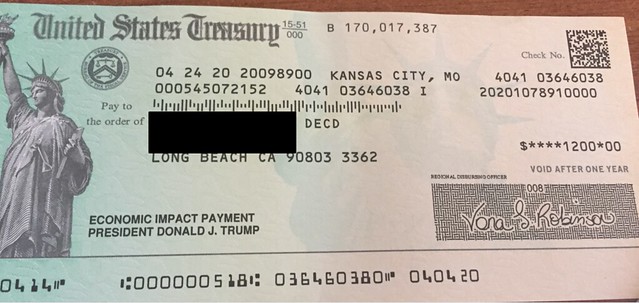 Gary writes: "My mother-in-law died in August of last year — her $1200 stimulus check just arrived. The envelope tells the recipient to check the box marked "deceased" if the person is no longer living and send it back. Mom died last August in the Los Angeles area at age 94. Her name was on the check, followed by DECD, a government code for the word Deceased — so the government knew she was not alive in 2020. How many other errors such as this are happening nationally is unknown." Gary's sister-in-law snapped the photo of the check; I blacked out some portions for privacy. As long as no one attempts to cash it, it might be fine to keep it. Great numismatic souvenir of our times. -Editor To read the earlier E-Sylum article, see:
Colonial Newsletter CD Sought
"I am hoping that one our readers might have an unwanted copy of The Colonial Newsletter on disc up to issue 103. I have the disc from 104 to the final issue already. I know it's on the Newman Portal but I don't always have access to the internet. So, if I have it on CD, I can read it anywhere." Can anyone help? Darryl can be reached at atchisondf@gmail.com . -Editor  Wayne Homren, Editor The Numismatic Bibliomania Society is a non-profit organization promoting numismatic literature. See our web site at coinbooks.org. To submit items for publication in The E-Sylum, write to the Editor at this address: whomren@gmail.com To subscribe go to: https://my.binhost.com/lists/listinfo/esylum All Rights Reserved. NBS Home Page Contact the NBS webmaster 
|
